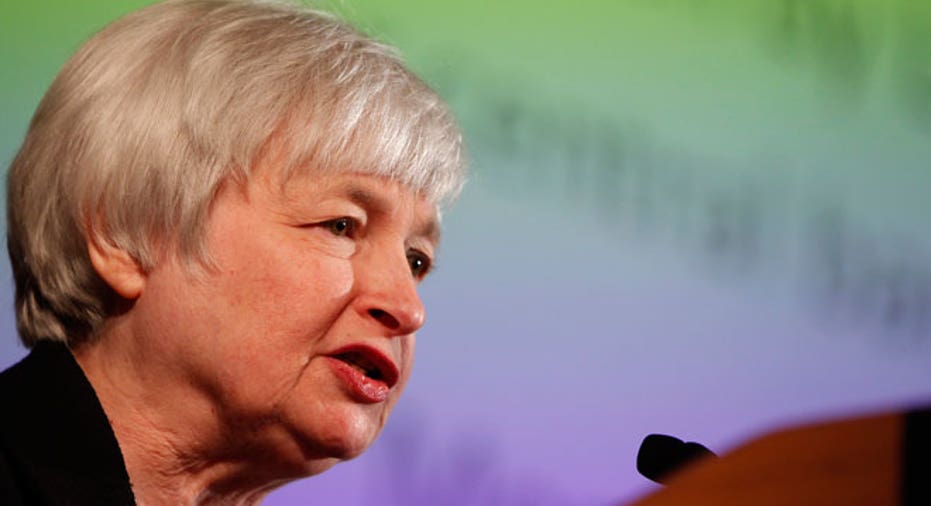September Rate Hike Still on the Table

A September rate hike remains on the table, experts said Tuesday, as stock markets rebounded following a three-day selloff that pushed all three major averages into correction territory.
“The reality is that there’s still a fair amount of time before the Fed needs to make that decision,” said Tom Manning, Chief Investment Officer at Boston Private Wealth.
Manning noted that 18 economic data points will be released between now and the Fed’s September 16-17 meeting – including a widely-expected upward revision to second-quarter GDP due Wednesday – and that the Fed’s decision will be determined by the overall trajectory of that data.
If the data continues to trend upward, as it has in recent months, the Fed “still may be inclined to make that quarter point increase in September,” Manning said.
U.S. stocks bounced back strongly Tuesday after Monday’s historic selloff that saw the Dow Jones Industrial average plunge 1089 points at the opening, the largest intra-day decline in the history of the index. After a rollercoaster day, the Dow ended down 588 points.
At the end of the day the Dow was off 11% on the year and 13% from its recent high, placing it firmly in correction territory. Similarly, the S&P 500 was down 11% from its recent high, and the Nasdaq Composite index was down 13%, also corrections.
Buyers stepped in immediately on Tuesday, however, and the Dow soared from the opening. The index was up more than 400 points at one point in mid-morning trading.
In addition to traders seeking bargains after the deep recent selloff, stocks received a boost from several pieces of economic data which reinforced the sense that, despite the turmoil in China that has rocked global markets, the U.S. economy is on pretty firm ground.
Strength of Data Will Determine Timing of Rate Hike
A report on new home sales fell below analysts’ expectations but did nothing to diminish the belief that the housing market is gaining momentum. Meanwhile, home prices as measured by S&P/Case-Shiller’s 20-city price index are hitting levels not seen since before the 2008 financial crisis.
“Today’s housing data releases of New Home Sales and Case-Shiller & FHFA Home Price indices remind us that while the stock market can fluctuate wildly, real estate is slow and steady and has returned to very healthy conditions,” said Realtor.com Chief Economist Jonathan Smoke.
A report on consumer confidence also showed that consumers are more optimistic now than a month ago and that optimism is growing, which bodes well for U.S. economic growth in the second half of 2015.
“The surge in confidence signals that consumers remain upbeat despite growing storm clouds around the global economy. Despite the spike in market volatility and negative headlines, it is encouraging to see consumers remaining confident as domestic economic activity continues to firm,” analysts at Oxford Economics said in a note.
Besides the strong economic data, Atlanta Fed President Dennis Lockhart made a point of saying on Monday that he still expects rates to move higher later this year and that the Fed’s decision wouldn’t be swayed by stock market turbulence, but rather based on overall economic performance.
“I expect the normalization of monetary policy—that is, interest rates—to begin sometime this year,” Lockhart said in a speech in Berkeley, Calif. “I expect normalization to proceed gradually, the implication being an environment of rather low rates for quite some time.”
If the economic data continues to trend upward, as many economists predict, it’s very likely the recent selloff will be remembered as a blip on the path toward higher interest rates, which could still happen in September.